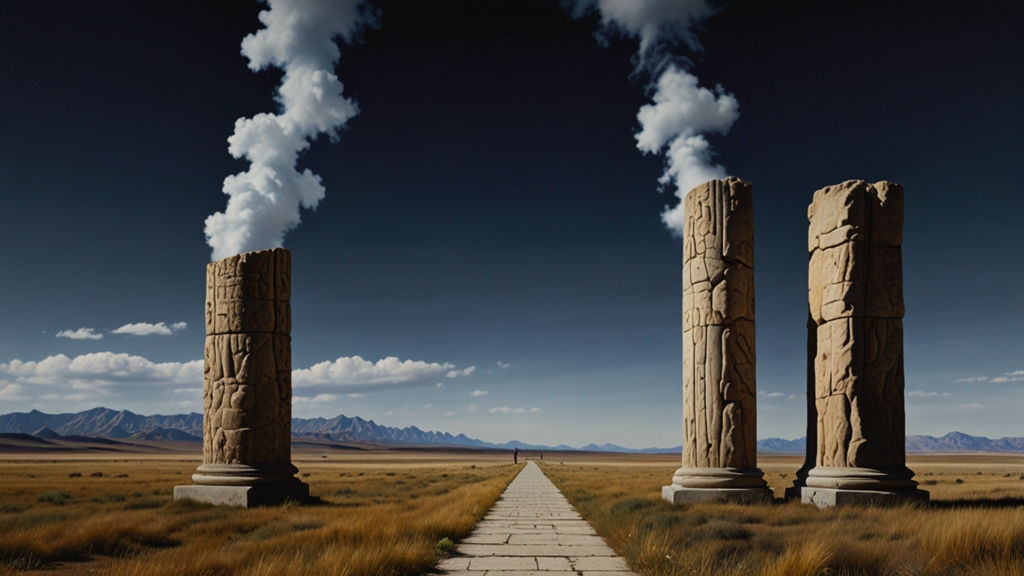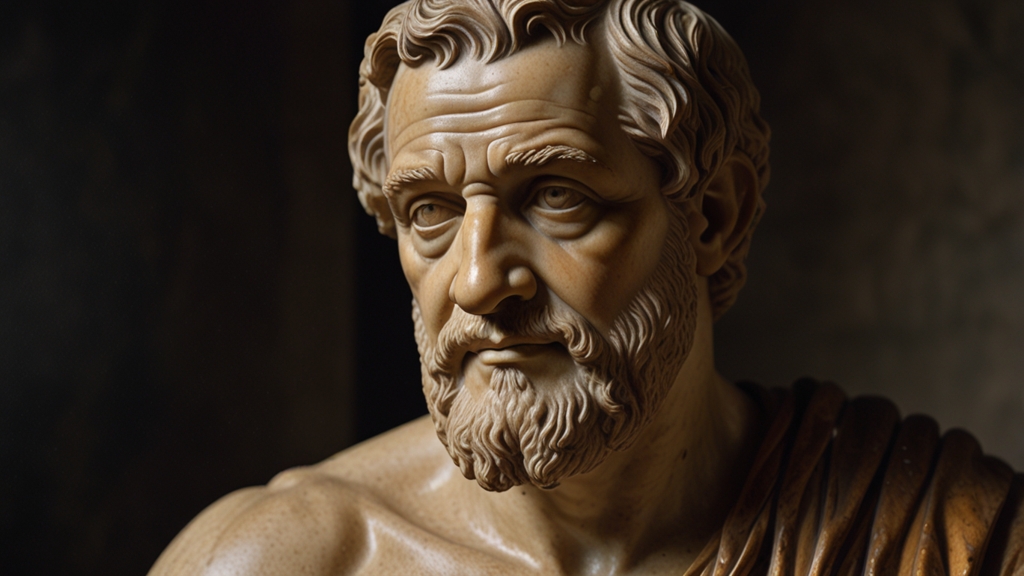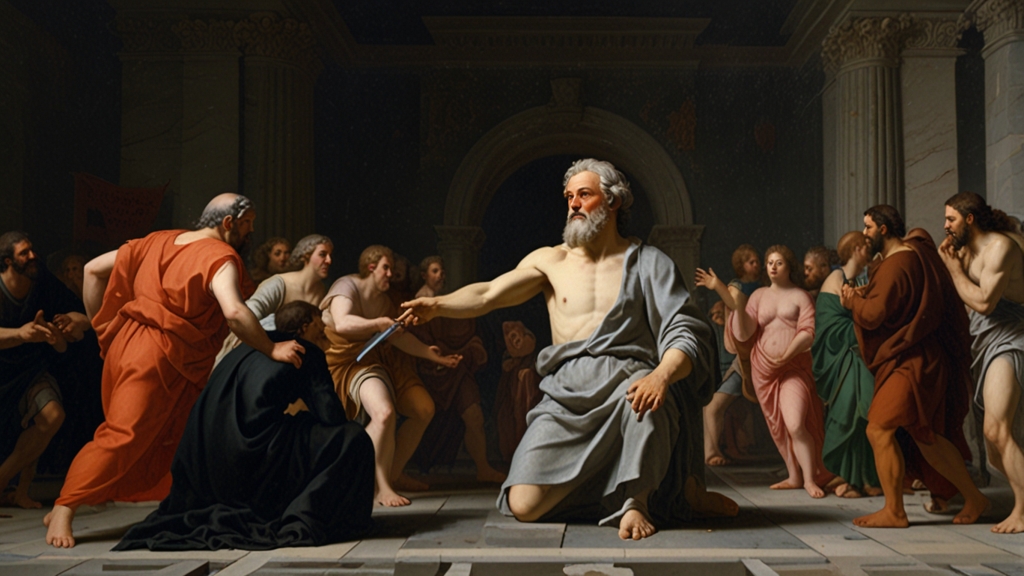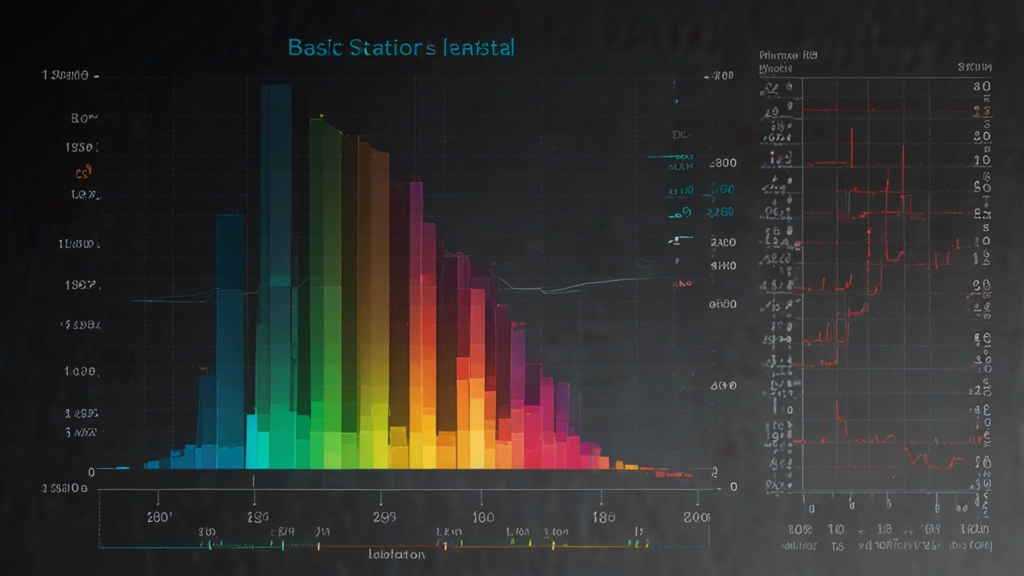The Cultural Exchange Between Ancient Civilizations That Changed History
The ancient world was a tapestry of interconnected societies, each with its own distinct culture, traditions, and innovations. Unlike the isolated existences people might assume, these civilizations often engaged in cultural exchanges that significantly shaped their histories and left an indelible mark on the world as we know it today.
The Silk Road: A Conduit of Commerce and Culture
The Silk Road is perhaps the most well-known example of cultural exchange in ancient times. Stretching from China to the Mediterranean, this network of trade routes facilitated not only the exchange of goods like silk, spices, and precious stones but also ideas, technologies, and religious beliefs. As merchants, travelers, and scholars moved along these routes, they carried with them their own cultural practices and innovations, creating a blend of influences that enriched the civilizations along the way.
“The Silk Road not only connected East and West but also served as a melting pot where different cultures mingled, leading to advancements in art, science, and technology.”
Among the notable influences that traveled the Silk Road are the spread of Buddhism from India to China, the introduction of papermaking and gunpowder from China to the Islamic world and Europe, and the transmission of Greco-Roman science and philosophy to the Islamic world. These exchanges laid the groundwork for significant cultural and technological advancements in both the East and the West.
Hellenistic Period: The Blend of Greek and Eastern Cultures
The conquests of Alexander the Great in the 4th century BCE created an empire that spanned from Greece to Egypt and into the heart of Asia. This vast empire became a crucible for the blending of Greek and Eastern cultures, giving rise to what is known as the Hellenistic period.
During this time, Greek art, architecture, and philosophy merged with the customs and ideas of the conquered lands. Cities like Alexandria in Egypt became centers of learning and innovation, where scholars from different cultural backgrounds collaborated. This period saw the development of new forms of art and architecture, such as the fusion of Greek and Indian styles in Gandhara, as well as significant advancements in science and technology.
“The Hellenistic period was marked by a dynamic exchange of knowledge and cultural practices, leading to the creation of a rich, hybridized civilization.”
The Influence of the Roman Empire
The Roman Empire, known for its extensive network of roads and efficient administrative system, also facilitated vast cultural exchanges. As the Romans expanded their territory, they absorbed elements from the cultures they conquered, including art, religion, and technology. This syncretism enriched Roman society and, by extension, the provinces within its realm.
For instance, the Romans adopted the Greek pantheon of gods, adding their own interpretations and deities. They also incorporated architectural techniques and artistic styles from the Etruscans and Greeks. Additionally, the spread of Christianity, which originated in the Roman province of Judea, was significantly enabled by the empire's infrastructure, leading to its establishment as a dominant religion in Europe.
Conclusion
The cultural exchanges between ancient civilizations were pivotal in shaping the course of history. Through trade routes like the Silk Road, the conquests of empires like Alexander’s, and the unifying infrastructure of the Roman Empire, ideas, technologies, and cultural practices spread across vast distances. These interactions not only enriched the participating cultures but also laid the groundwork for the world we live in today.
In a world increasingly connected, reflecting on these ancient exchanges provides valuable insights into how cultural interactions can drive progress and innovation. The blending of cultures in the past serves as a reminder of the potential for collaborative growth and mutual enrichment in our own time.










